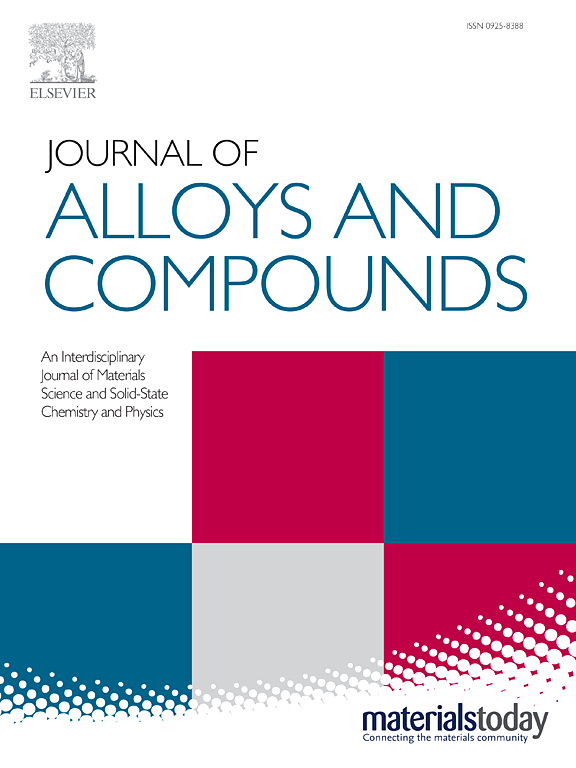Ca3TeO6:Er3+: A green phosphor for bifunctional applications in non-contact optical thermometry and w-LEDs
IF 5.8
2区 材料科学
Q2 CHEMISTRY, PHYSICAL
引用次数: 0
Abstract
The green Ca3TeO6:Er3+ phosphors were prepared by means of solid-state reaction at a high temperature. The crystalline phase, elemental mapping, photoluminescence (PL) spectra, and Commission International de L’Eclairage (CIE) chromaticity coordinates of the synthesized compounds were employed to characterize the materials comprehensively. The bandgap energy (Eg) of Ca3TeO6 was calculated to be 3.007 eV using Density Functional Theory (DFT). Analysis of the diffuse reflection spectra (DRS) further demonstrated its suitability as a phosphor host matrix. The Ca3TeO6:Er3+ phosphor exhibited strong excitation under 378 nm irradiation, displaying three characteristic emission peaks. The dominant emission peaks were observed at 523 nm and 545 nm, which align with the characteristic electronic transitions of Er3+ ions at 2H11/2-4I15/2 and 4S3/2-4I15/2, respectively. A regular concentration quenching behavior was observed, with the optimum Er3+ doping concentration determined to be 5.0 mol%. The prepared phosphors demonstrated significant temperature sensitivity over the range of 300-480 K when utilizing the fluorescence intensity ratio (FIR) technology. A maximum relative sensor sensitivity was 1.18% K−1 at 300 K indicating excellent potential for non-contact thermometry applications. Furthermore, the prepared white light-emitting diode (w-LED) exhibited outstanding performance, characterized by a high color rendering index (Ra) of 92. Overall, these results indicate that Ca3TeO6:Er3+ phosphors hold significant potential for use in solid-state lighting as well as in non-contact temperature sensing.求助全文
约1分钟内获得全文
求助全文
来源期刊

Journal of Alloys and Compounds
工程技术-材料科学:综合
CiteScore
11.10
自引率
14.50%
发文量
5146
审稿时长
67 days
期刊介绍:
The Journal of Alloys and Compounds is intended to serve as an international medium for the publication of work on solid materials comprising compounds as well as alloys. Its great strength lies in the diversity of discipline which it encompasses, drawing together results from materials science, solid-state chemistry and physics.
 求助内容:
求助内容: 应助结果提醒方式:
应助结果提醒方式:


